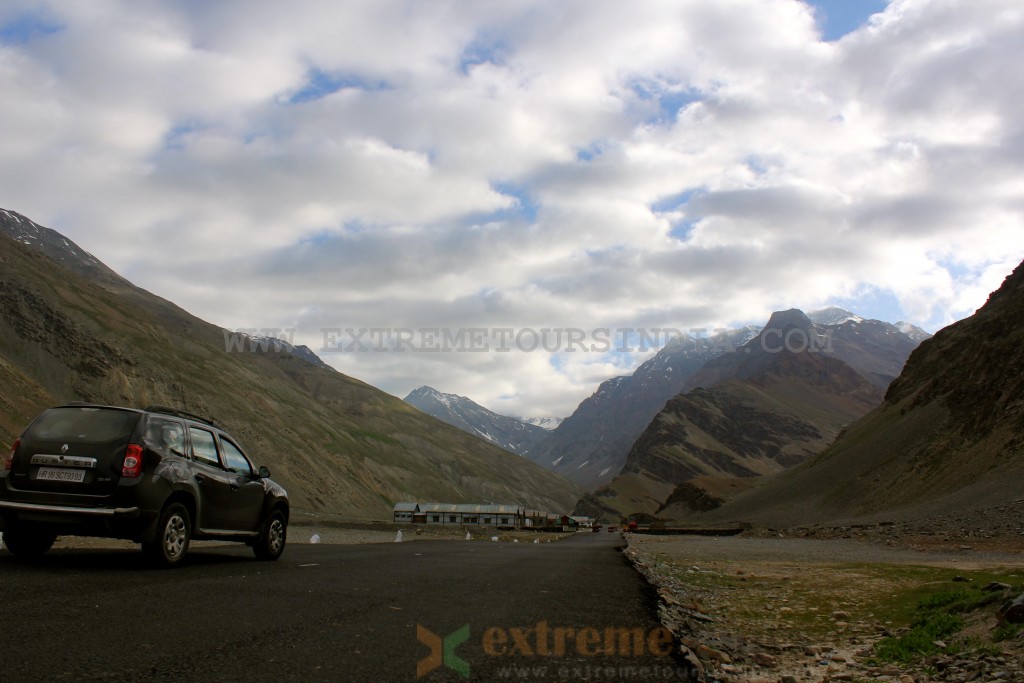While driving in the mountains can be a wonderful and exhilarating experience, it’s fraught with risks and can be quite challenging for both motorists and their vehicles. The twisty roads found in mountains have a certain element of danger as opposed to driving on straight highways. But if done correctly, it can be a lot of fun. Here are some useful tips for safe mountain driving.

Safety Guide for Mountain Driving
The key to enjoying a drive through the mountains is to keep it smooth. Make sure you smoothed out your inputs – throttle, steering, gear changes, breaks – the works. Avoid making any sudden inputs as it will upset your car, which could, at worst, put you in another vehicle’s path. Also, don’t negotiate corners at speed. While you might want to have some fun in the mountain road’s hairpin bends, negotiating corners at high speeds could put you and other drivers in danger. Try entering corners more slowly and smoothly and then leave fast. Concentrate on looking around the corner and down the road rather than just at the curb in front of you.
Check Your Car / Motorbike Before You Start
Make sure your vehicle, including its wipers, windshield, heater, exhaust systems, defroster and brakes, is in excellent condition. Check and make sure that your brake and transmission fluids are filled and have been changed within the recommended interval for your specific vehicle. You should also ensure that your tires are properly inflated.
Ascending the mountain
Overheating is a common problem when ascending steep upgrades. To avoid this problem, drive in low gear to allow your vehicle to operate properly. Drive short level stretches and easy grades in intermediate gears to keep your car from overheating. Avoid running your air conditioner while driving uphill as it may cause your engine to overheat. Just roll down your windows to allow in the fresh air. Shift to a lower gear when your vehicle starts to labor on grades. This will not only keep your engine cooler, but also help maintain constant speed. To lock in the gear, shift automatics manually into a lower range. Run your engine at a fast idle for a few minutes once you reach the summit in order to reduce the risk of overheating.
Descending the mountain
Don’t go down the road any faster than you’d go up it. Drive downhill in low gear and save your brakes. Applying continuous and unnecessary pressure on the brakes will cause excessive heat, which will in turn cause the brakes to fade or fail. If you need to reduce speed, apply brakes firmly. Avoid cutting corners by staying on your side of the road.
Stopping
Don’t just park your vehicle anywhere. Stop at the turnouts provided or where your vehicle is plainly visible to other drivers. Place wedge rocks under your vehicle wheels on the downhill sides to prevent rolling. Leave a note concerning your general location and plans if you plan to pack an overnight stay or for a long period of time. Remember to check if a permit is required for overnight stays.
Overheating
If your engine overheats, run it at a fast idle. You may also want to run water on the radiator core to reduce heat. Check the driver’s manual procedures for proper cooling measures.
Exploring unpaved side roads
Check road conditions and local weather conditions that may affect your drive. For added road safety, slow down and take curves on a wider arc than you would normally do on paved roads. Make sure someone knows where you’re going and when to expect you to return.
Carry enough drinking water
Altitude sickness is a relatively common problem when driving in mountains. This condition is caused by insufficient hydration and can affect your alertness, even if it’s mild. So carry extra drinking water to keep you hydrated throughout the day.
Demonstrate extra road courtesy in bad weather conditions
Let those drivers who appear to be in a hurry to pass. Overtake slower traffic only in areas where there is adequate visibility. Don’t pass on blind curves.
Take frequent breaks
Driving in the mountains can be quite tiring, and it’s advisable to take breaks, relax and have some fun. Consider limiting your travel to about Eight hours per day.
Also Read : First timers guide for Himalayan Motorcycle Tour